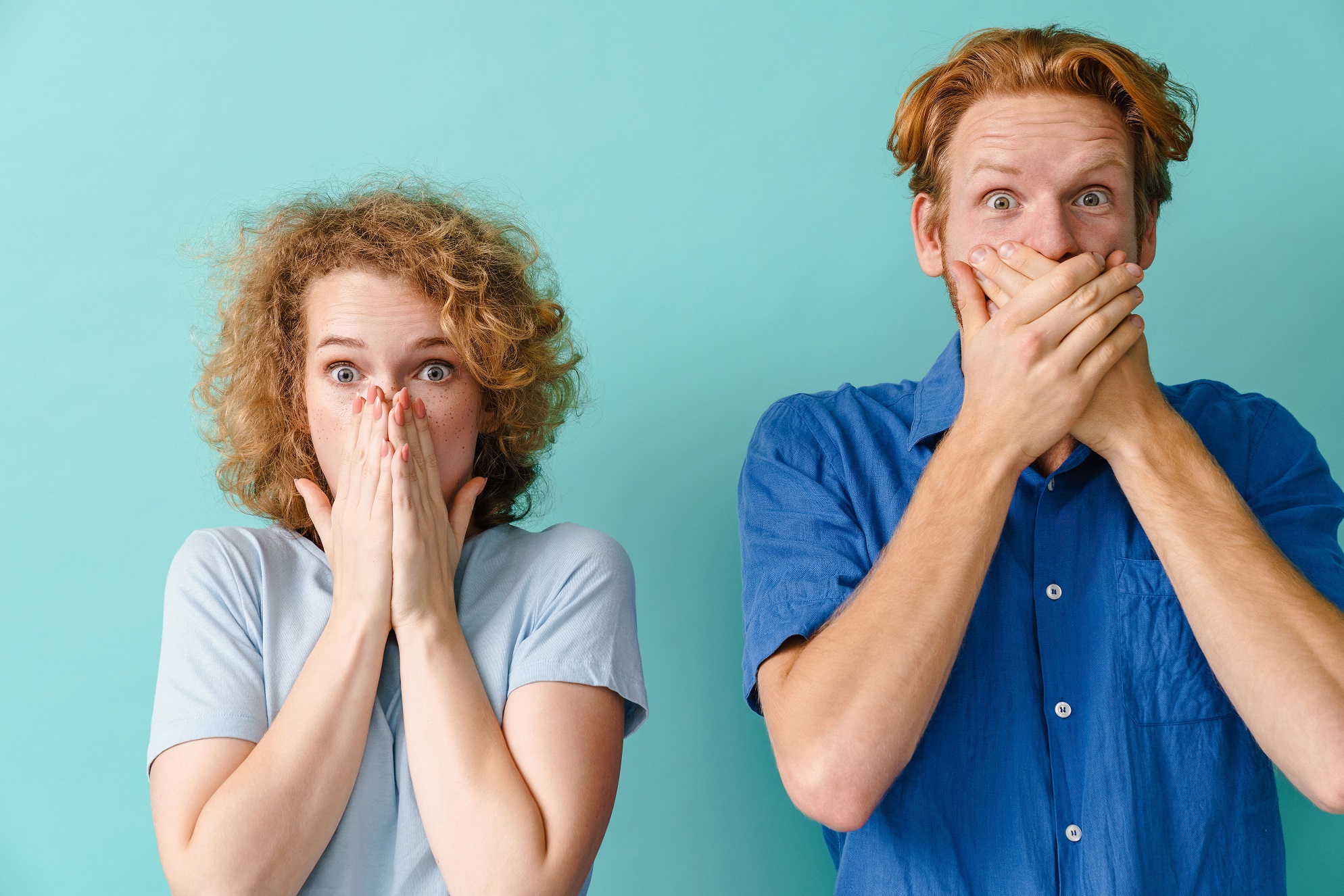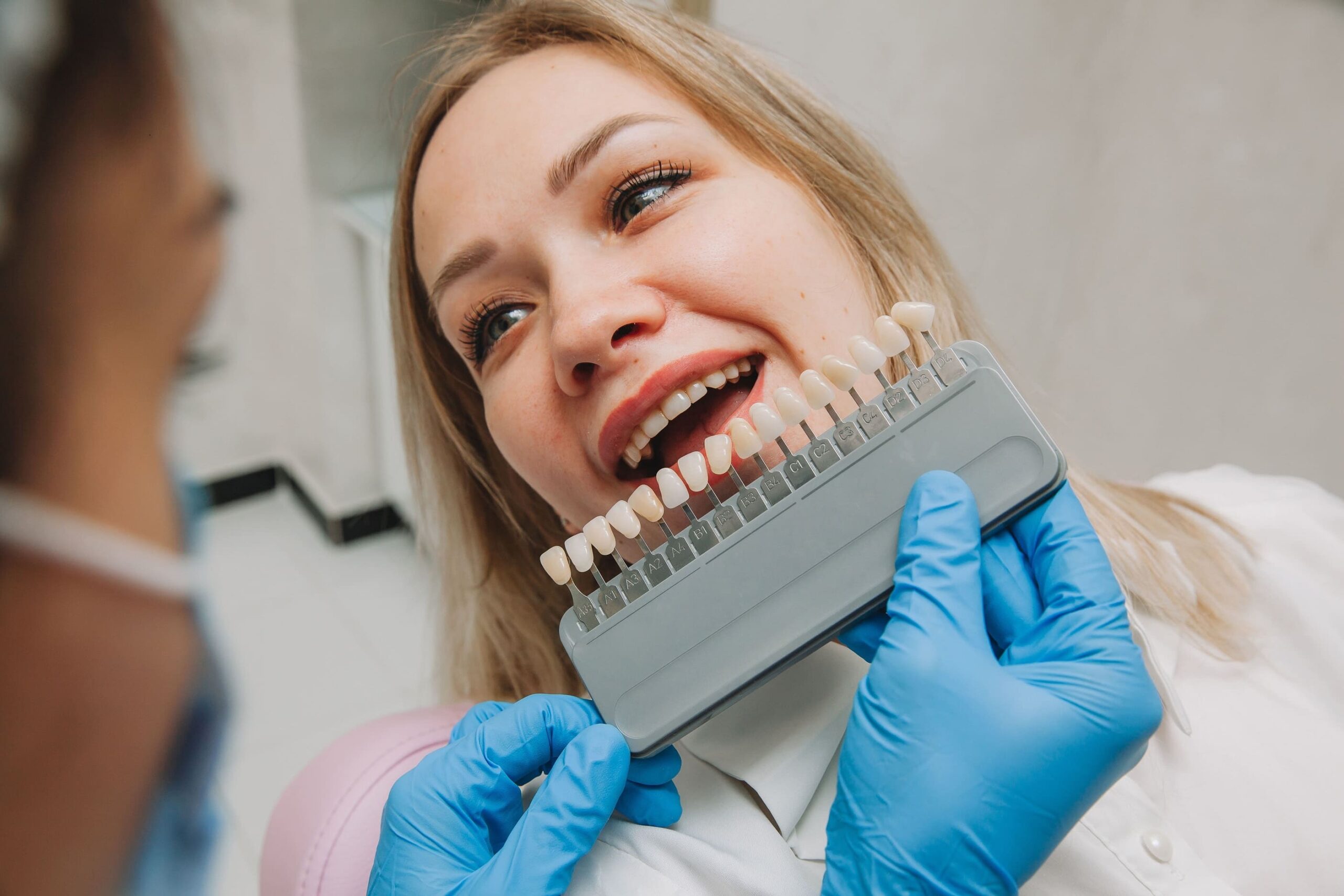Saliva is often an unsung hero when it comes to oral health. This clear, watery…

New Oral Surgery Techniques and Tools for 2024
The world of oral surgery is not what it used to be, especially with the remarkable advances in oral surgery. With every passing year, new oral surgery techniques and tools emerge to improve patient comfort, enhance cosmetic outcomes, and expedite recovery times. Here’s what you can expect in 2024 as we continue to embrace technology and evolve in this critical field of healthcare. Take a look at what’s new in sedation techniques, cosmetic and restorative dental surgery, the recovery process, and the use of the latest tech!
Sedation Advancements: Making Oral Surgery More Comfortable
Patients undergoing oral surgery can often feel anxiety or fear, particularly when it comes to sedation. However, with the rapid advancements in technology, oral surgery sedation is set to become far more user-friendly and less intimidating in 2024. One major breakthrough is the rise of the digital sedation monitor. This innovative piece of equipment constantly monitors a patient’s vital signs, levels of anxiety, and state of consciousness during a surgical procedure. This allows for the customization of sedative dosing, ensuring a more accurate and patient-specific approach to anesthesia.
One of the more groundbreaking new oral surgery techniques to look out for in the coming year is needle-free anesthesia delivery. Traditional injections can often be a source of anxiety for patients, but this new approach offers a more comfortable experience. This method eliminates the need for needles, offering patients a more relaxed and stress-free experience during their oral surgery procedures.
In summary, sedation advancements are focused on increasing patient comfort, alleviating anxiety, and personalizing the anesthesia process. By harnessing new technologies and techniques, oral surgery in 2024 looks set to offer a more patient-centric and worry-free experience.
Cosmetic Surgery: Enhanced Precision and Aesthetics
As we look forward to 2024, significant advances in the realm of cosmetic dentistry promise to take precision and aesthetics to new heights. One of the most notable developments is the introduction of digital smile design. This breakthrough technology employs sophisticated 3D imaging to construct a virtual representation of the patient’s mouth. The ability to visualize the expected outcome and tweak the treatment plan as necessary before performing the actual procedure is a game-changer.
In addition to this, laser technology is set to reshape teeth whitening and gum contouring procedures. Traditional methods often result in discomfort, and their effects may not always be immediate. However, with this advanced tool, patients can expect quicker results, reduced side effects, and minimal discomfort.
The upcoming year in cosmetic dentistry indeed looks bright with the promise of superior precision, enhanced aesthetics, and improved patient comfort. The advancements in technology not only aim to deliver outstanding results but also make the overall experience more pleasant and less stressful for patients. With the continuous growth and evolution in the field of oral surgery, we anticipate a future where oral healthcare is not just about fixing problems, but also about ensuring a seamless and pain-free journey towards achieving the perfect smile.
Restorative Surgery: Cutting-Edge Techniques for Better Outcomes
2024 promises to revolutionize restorative dentistry, transforming the way oral surgeons treat and restore oral health. A remarkable shift towards innovative materials is shaping the future of dental restorations. Bioactive materials are emerging as a revolutionary technology in the world of dental implants and fillings. Unlike conventional materials, these bioactive counterparts interact with the body, promoting natural healing and fostering healthier, stronger teeth.
Further promising advancements are seen in the adoption of digital surgical guides. These cutting-edge tools, crafted with the help of 3D imaging, serve as accurate roadmaps for complex oral surgeries. They optimize surgical precision, significantly elevating the success rate for intricate procedures, such as the placement of dental implants.
Looking ahead, the adoption of these advances signals a shift in the realm of restorative dentistry. The integration of bioactive materials and digital surgical guides streamlines oral surgical processes, ensuring greater accuracy and improved patient outcomes. As we anticipate these advancements in 2024, restorative dentistry is poised for a significant leap forward, promising better outcomes for patients and easing the task of oral surgeons.
Recovery: Streamlining the Healing Process
The healing process following oral surgery is poised for a significant shift. With the introduction of new biopharmaceuticals, we are set to see a revolution in how post-operative pain is managed. These advanced medications aim to not only control discomfort but also hasten the recovery process, reducing the downtime patients may face after an oral surgery procedure.
Beyond pain management, the recovery process will be further optimized with the implementation of personalized recovery strategies. These strategies are designed using data-driven predictive analytics, tailored to an individual’s unique recovery needs. This means patients can look forward to a recovery plan that is specifically designed for them, considering their overall health, the complexity of the surgery performed, and their individual response to healing. This ensures a quicker return to normal function, reducing the impact of the surgical procedure on patients’ daily lives.
These exciting advancements in oral surgery recovery mean that we can anticipate less reliance on post-operative medications. This is particularly important as it reduces potential side-effects and risks associated with long-term medication use. Additionally, this progress is expected to decrease the overall recovery time, minimizing the disruption to patients’ lives and helping them return to their routine sooner.
The Role of AI and 3D Imaging in Oral Surgery
The advancement of AI and 3D imaging has created significant anticipation for the year 2024 in the field of oral surgery. Implementing AI technology in oral surgery will have far-reaching effects. One of its many uses is in the diagnosis of oral conditions, where AI can analyze radiographic images with high precision. It not only minimizes the likelihood of human error but also aids in the formulation of more effective treatment plans, resulting in improved patient outcomes.
The advent of 3D imaging is another revolution in oral surgery that is set to change the face of preoperative planning and intraoperative navigation. Its ability to provide a detailed view of the oral structures promotes an accurate evaluation and contributes to a safer and more precise surgical intervention, reducing potential risks.
The future of oral surgery will be significantly enhanced by these technological advancements, driving better patient care and more positive surgical outcomes. As we step into 2024, the integration of AI and 3D imaging in oral surgery is a thrilling prospect that holds the promise of improving surgical accuracy, expediting recovery times, and overall, revolutionizing patient care in the field of oral health.


